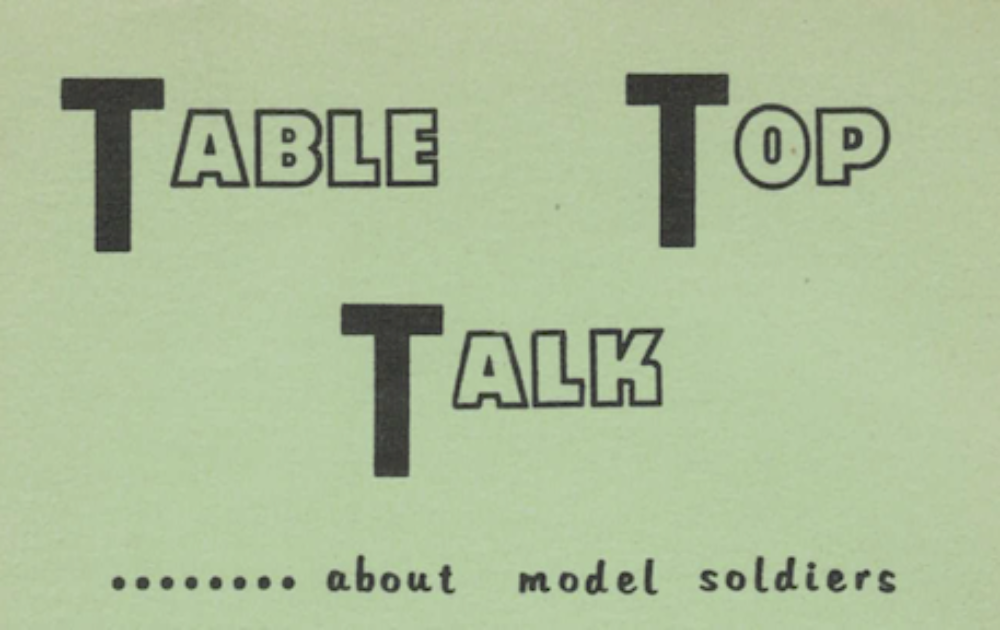Several times over the past few years I’ve mentioned my ACW project; the project that never seems to make any headway. Well, I’ve been thinking on this one again and thought I’d post some of my current notes and thoughts on the project
First, there are actually two ACW projects. One is for my 40mm figures, the other is intended to work with any figure scale. The reason for two games is that for the 40mm figures I wanted a game with individual figures and for the other game I wanted the smallest individual unit to be a regiment. For the 40mm figures I fiddled with using TSATF, but have never been happy with my results, so at least for now I’ll be using the Brother Against Brother rules – thus we close the book (for now) on the first game.
Moving on to the second game; I had no real target goals for this one. Well, it had to be a simple quick playing game, and so far I think it will be. I think part of my slowness on this one is that I could never decide which scale of figure I wanted to use for the game. I know, figure scale should not be so important, but in this case it was (I do not paint very well or very fast, so I wanted to work with something that I already had). After digging through boxes I found that over the past 30 or so years that I’ve built up a decent collection of N-Gauge figures (most are 20 or more years old). So finally, I nailed it down to a target figures scale of 10/12mm; However the game will work with any figure scale, just change basing and measurements and all will be well with the world.
Now to dive into the basic details. I’m still waffling on the figure:man ratio, but it is looking like I’ll be going with either 1:10 or 1:15. In either case 10 stands will be used to represent a Regiment (our smallest independent unit). Right or wrong, I’m going with a 10 stand basic unit for Infantry (one could always use fewer figures per stand or fewer stands to represent smaller Regiments). If I go with 1:10, we would be looking at as many as 8 figures (in two ranks) per stand. At 1:15 this would be 6 figures (again in two ranks). Base size would be 1″ square. This works well with 6 figures, but may be a bit tight for 8 – perhaps 1 1/8″ wide and 1″ deep would be better if going with 8 figures. My leaning right now is for the 6 figure stands and 1:15, so I’ll be using the 1″ squares (works out nicely as I have a bunch leftover from re-basing my 30mm Colonial figures (natives were moved to round bases rather than squares). Artillery stands will represent a Battery and will have 2 guns and 4 gunners (stand size to be determined). There will also be a limber stand for each battery. For phase one, we will skip Cavalry.
So now we know what our units will look like; I’m sure we will tweak things as we proceed, but the basics are nailed down well enough.
Fire combat will be very straight forward: Count number of figures firing, roll a single d6 and consult the Fire Table. The result will be the number of casualties (in figures). Yes, we will have various modifiers for cover, range and the like. These will be covered by another short and simple table. Since I don’t want to be bothered with marking casualties, we will borrow from the Bloodybacks rules; 6 hits equals a full stand, any leftovers hits will cause additional casualty rolls at the end of the turn (more about this when I actually write down the rules, but in the meantime you can take a look at the Bloodybacks rules). Artillery fire will follow same rules as Infantry fire – well almost, I still need to sort out a few details.
Melee combat will be very easy to resolve. Each player rolls a single d6 (applies modifiers). Low roll looses the combat and takes a number of casualties equal to the difference between the two rolls. At least his is how I have things working right now, but I suspect that this will change somewhat.
Morale has yet to be worked out, but again, I’m seeking a simple system – roll a die, add/subtract modifiers and consult the Morale Table.
I’m still sorting out movement rates and gun ranges, but these are not hard to determine, just need to make sure the resulting ranges ‘feel’ right.
I’m finally happy with the basics as I’ve set them out – far from a perfect or even realistic game, but it is shaping up to meet my criteria: A fast, easy, fun game. With game being a keyword. Right now all of the rules fit on two 3″ x 5″ cards. The target is to fit everything a player will need to know onto a single (2-sided) 11″ x 17″ sheet of paper.
Farm chores are keeping me quite busy right now, so I suspect I won’t get too much more in the way of details down on paper until next month, but when I do I will be sure to post the rules and charts for your reading pleasure. In the meantime, I’ll post the current version of the fire table – this one is a bit more bloody than my first pass, as such it has a better feel…
